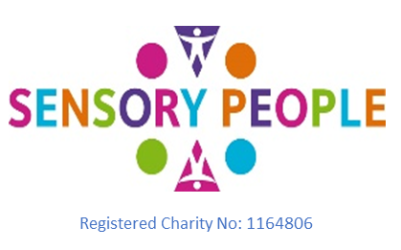Our assessments help us to find out what you or your child can or can’t do and what is causing problems in everyday life either at home, school or at work.

We need to make sure that we are the right people to help you or your child.
The process will probably start with a discussion about your or your child’s sensory systems, their strengths and challenges in relation to how they see, hear, smell, taste, feel, balance and move around in their world. This helps the Therapist and parent to gain a common understanding of what factors are affecting their or their child’s ability to do day to day activities and interact with others. The process will also help us to start to understand why you are seeking help for yourself or your child and what your goals for treatment are.
We may ask to see the reports you have about your child (or yourself), that have been written by other professionals.
After this we may use a variety of different assessments to help us to directly evaluate your/your child’s strengths and challenges including undertaking:
• Clinical (structured) observations which will tell us about a child (or adult’s) muscle strength, quality of movement and postural control.
For example, following a demonstration by the Therapist, the child may be asked to get into and hold a “superman” position (called prone extension).
 |  |
| (Wilson, Pollock, Kaplan, & Law 1994) | A definite attempt to be” superman” |
 |  |
For children who are unable to understand an instruction e.g., “Please do as your Therapist is doing” or “Be Superman” The Therapist’s observation of them at play can tell him/her a log of what he/she needs to know.
We may ask you to complete a Sensory Processing Measure (SPM).
This is questionnaire which will be filled in by a parent, carer or teacher; it provides us with standardised scores. It can be particularly useful in establishing how children present differently at home and at school.
The Sensory Integration and Praxis Test (SIPT).
This is considered the “gold standard” assessment for individuals with sensory integration dysfunction. It provides a comprehensive standardised assessment for visual, tactile, proprioceptive and vestibular functions as well as some areas of sensory-motor performance including praxis. It helps to pinpoint specific sensory integration difficulties that can be underlying learning and language difficulties and behavioural challenges.As a result of our assessment, we will have a better idea of how we can help your child and the frequency with which we would recommend seeing them.
Don’t worry if you think you or your child may struggle to do the SIPT – please talk to your therapist about your concerns so that she/he can consider how best to assess you/your child. (In the future it is likely we will use a new test called the Evaluation in Ayres Sensory Integration (EASI) which is under development – 2021)
There are a variety of other assessments which your therapist might want to use. He/she will discuss these with you during his/her conversation about your/your child’s needs.
